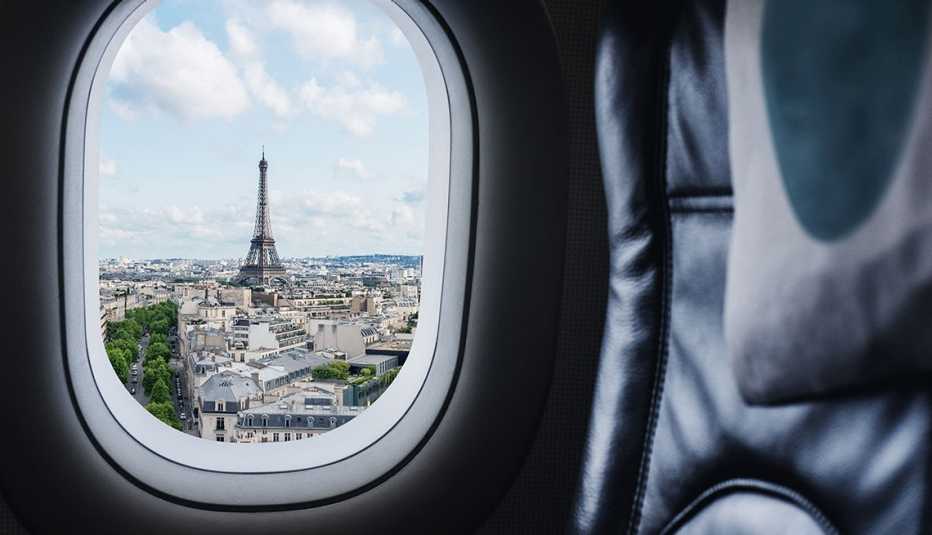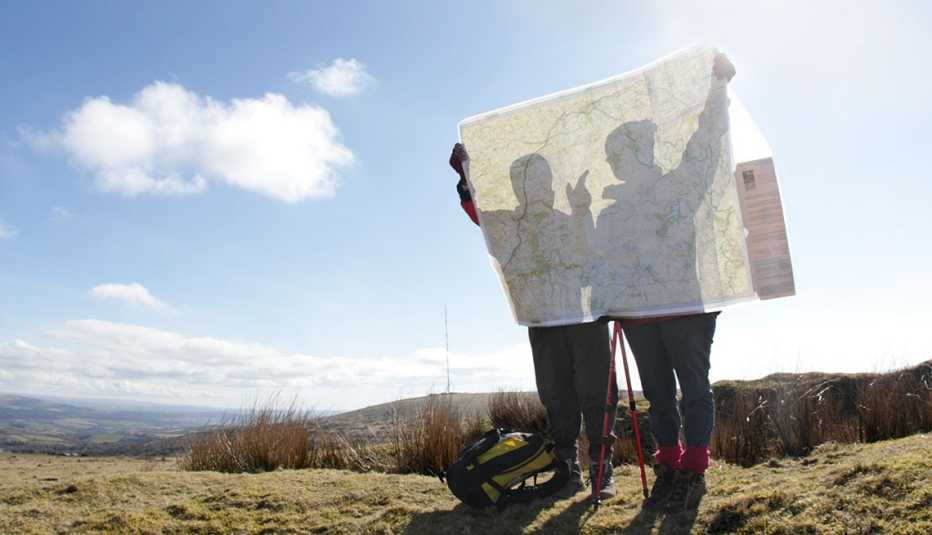Staying Fit


Whether you’re plotting your first getaway, or you’re ready to brainstorm the adventure of a lifetime, you’re in luck. We spoke with a dozen experts to gather their top travel tips for dodging crowds, meeting locals, saving money, using points, and improving the transit experience. Here are 31 tips on traveling well.


PLANNING YOUR TRIP
1. Use deals to pick your destination
If you want to save money, let the flight deals dictate your travel destination, says Willis Orlando, senior product operations specialist for Scott’s Cheap Flights, a travel-deals website. Orlando suggests starting with a broad itinerary and seeing what’s out there. “Instead of saying, ‘I want to fly from Chicago to Paris from Dec. 23 to Dec. 30,’ say, ‘I want to fly from any airport within two hours of my house to somewhere in western Europe in late December,’ Orlando says. Enter these more vague options when you have the flexibility and want to save on flight costs. “You may stumble across a destination you had never considered,” Orlando says. “And if you’re really set on getting to Paris, you’re still pretty likely to be able to find a way to get there after booking a cheap ticket across the Atlantic.”
2. Consider a U.S. cruise
Traveling on an international cruise may not be in the cards with pandemic risks still at hand, but cruise blogger Mikkel Woodruff of Sometimes Sailing, a website that shares cruise information, says the U.S. has a budding cruise culture of its own. “A lot of people don’t realize there are great river cruises that leave from the U.S.,” she says. Her recommendations include cruising Alaska, the Snake River, Columbia River, Mississippi River, and the Great Lakes.


AARP Membership— $12 for your first year when you sign up for Automatic Renewal
Get instant access to members-only products and hundreds of discounts, a free second membership, and a subscription to AARP the Magazine.
3. Try house sitting
For a hyper-local and low-cost way to experience a destination, Nora Dunn of the travel blog The Professional Hobo recommends house sitting — an accommodation option that lets travelers tend to a home, from watering plants to caring for animals, in exchange for a free stay. “House sitting is an amazing opportunity to stay in a local neighborhood and have a local, authentic experience while enjoying the comforts of home — and still getting the chance to be abroad,” says Dunn, who house sits frequently. She recommends websites like Trusted House Sitters for finding safe opportunities.
4. Download Google Maps offline
Cell service and WiFi are rarely reliable while traveling, especially internationally, so Dunn suggests using your phone to download the Google Map area for your destination before you leave — a tip that will help immensely with in-the-moment directions. “You can see where you are on [the map], and which way you’re facing to make sure you’re walking in the right direction.” To download the map offline, open your phone’s Google Map app, type in your destination and scroll across the menu at the bottom to the download option.
5. Create and follow Google Maps lists
To keep tabs on all of the sights she wants to see, Dunn uses Google Map’s lesser-known “lists” feature, which lets you save spots to a custom Google Maps list, such as “restaurants in Paris.” You can keep your list private, or share it with travel companions. To make a list, open the Google Maps app, enter the location of the attraction, hit “save,” and add it to an existing list or create a new one. “Whenever we’re in a different area of town, we could open up Google Maps and see, hey, there’s a restaurant nearby that’s saved on our list,” says Dunn.
6. Get a National Park Pass
If you’re visiting more than a few national parks that require entrance fees, it’s a good idea to get the America the Beautiful pass, says Emily Pennington, national parks columnist for Outside magazine. Travelers aged 62 years or older can receive a discount via the lifetime senior pass, which costs a one-time fee of $80 for access to all parks and public lands across the country.
7. Understand NPS permits
Due to overcrowding, the National Park Service instituted permit requirements for certain parks, such as Rocky Mountain National Park, in 2021. These regulations are ever-changing, says Pennington. She recommends calling the park several months before your trip to understand what’s required for a visit. “Don’t be afraid to pick up the phone to actually call the ranger station before you go, and also utilize amenities like visitors centers once you’re there,” she says, noting this is how she finds the best trails.
8. Pack for souvenirs
Lauren Maternowski, editor at travel-tips blog Pack Hacker, suggests planning ahead for mementos you’d like to bring home. “I recommend leaving a little extra space in your suitcase regardless of whether or not you plan to pick up souvenirs. Sometimes you come across something in your travels that’s too good to pass up,” she says. “Packable [spare] bags are also great to have on hand if you’re the souvenir type. Ultimately, it depends on what kind of traveler you are.”
POINTS AND FLIGHTS
9. Track prices via Google Flights
If you’re not in a rush to book your travel, Zach Griff, senior reporter for The Points Guy, recommends setting flight alerts on Google Flights to snag the best deal. “You can track the historical price of a given route, and get notified if the price drops.”
10. Earn miles at home
Booking flights isn’t the only way to earn airline miles, Griff says. “A great way to boost your balance is to use an online shopping portal when making purchases on the internet,” he says, noting you can earn miles while paying for everything from clothes to electronics via these platforms. “Many retailers will award miles simply by clicking through a specific portal.”






































































More From AARP
Find the Best Vacation Rental
28 tips on planning — and enjoying — your time away
Efficiently Clean Your Home
Room by room, now’s the time to tackle your to-do list
Manage Seasonal Allergies
Achoo! How to understand and treat your symptoms